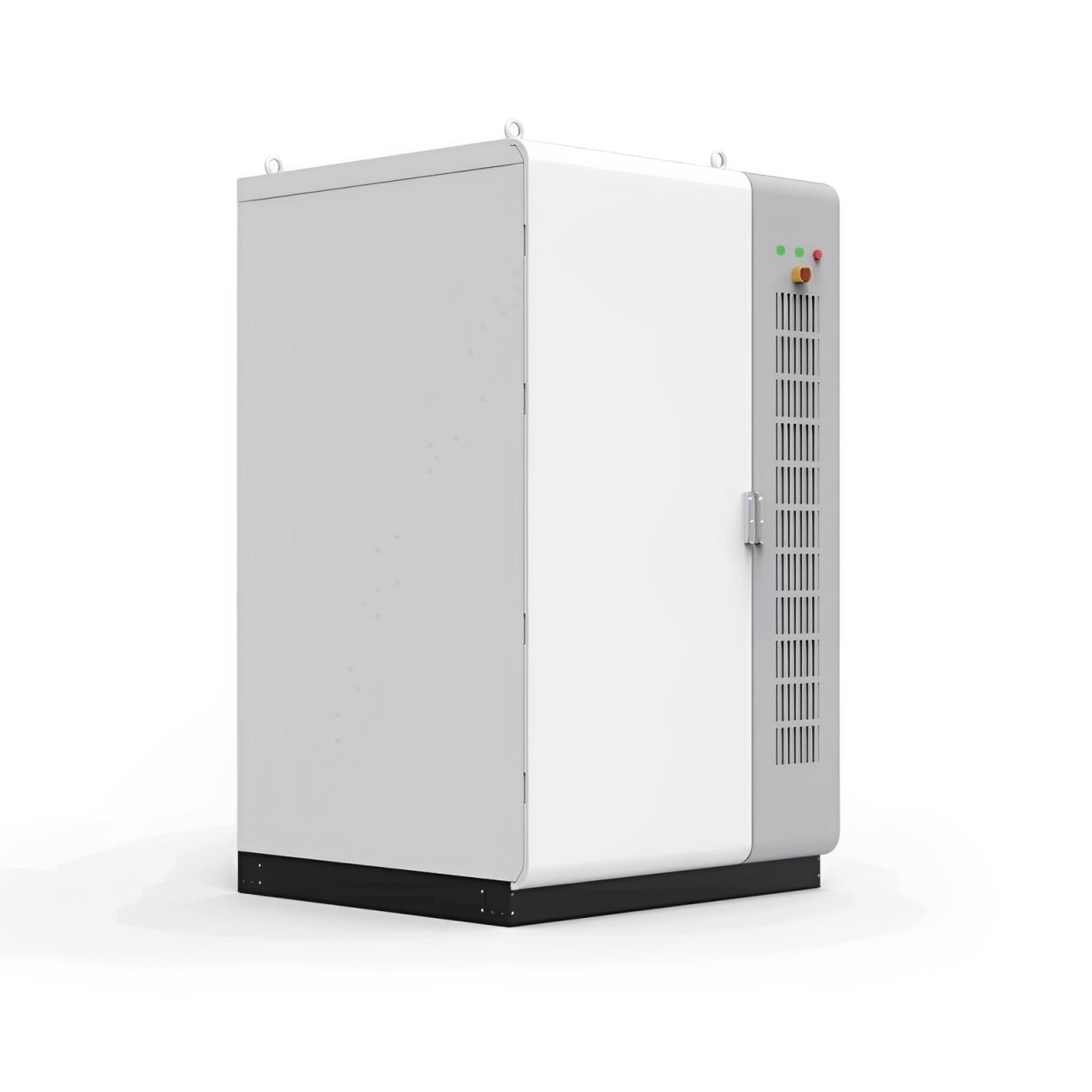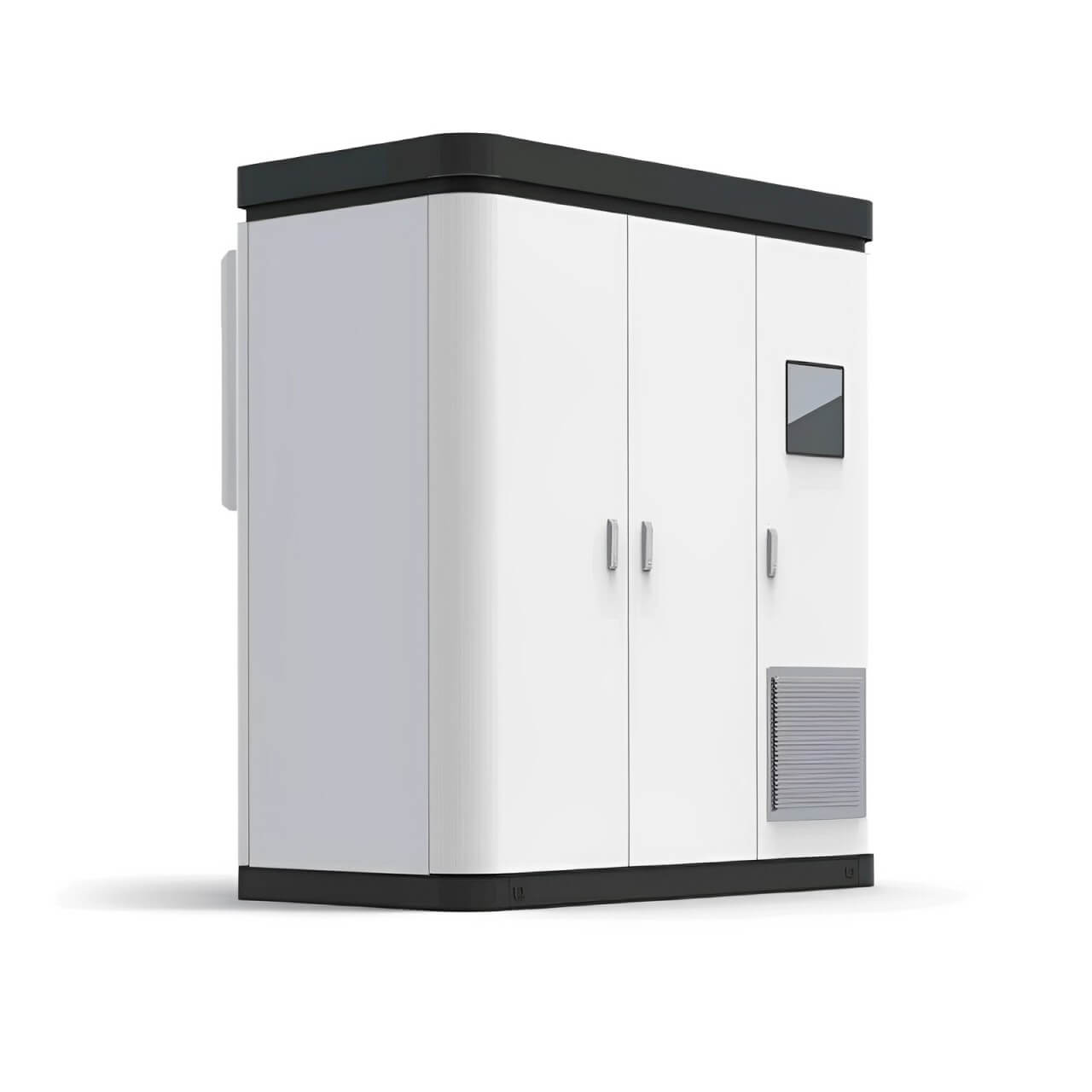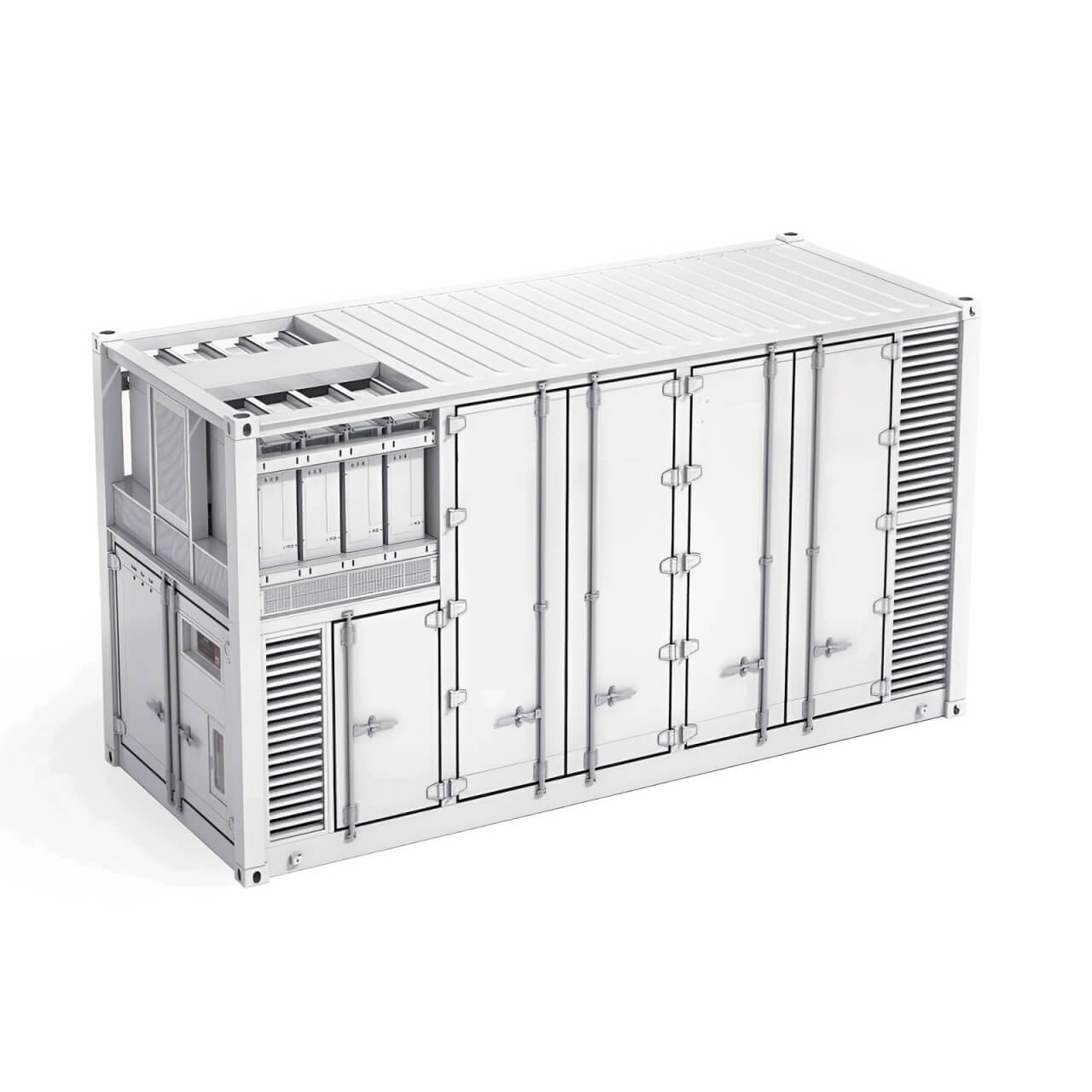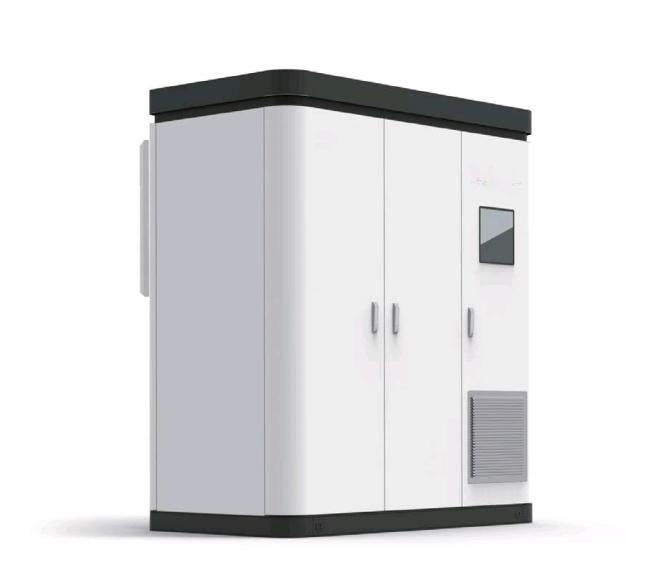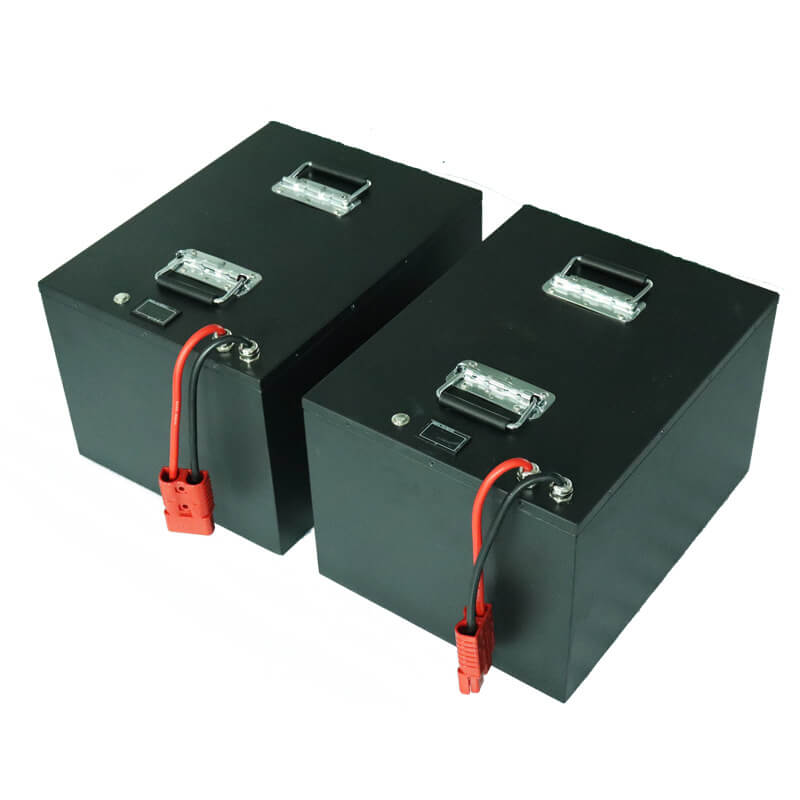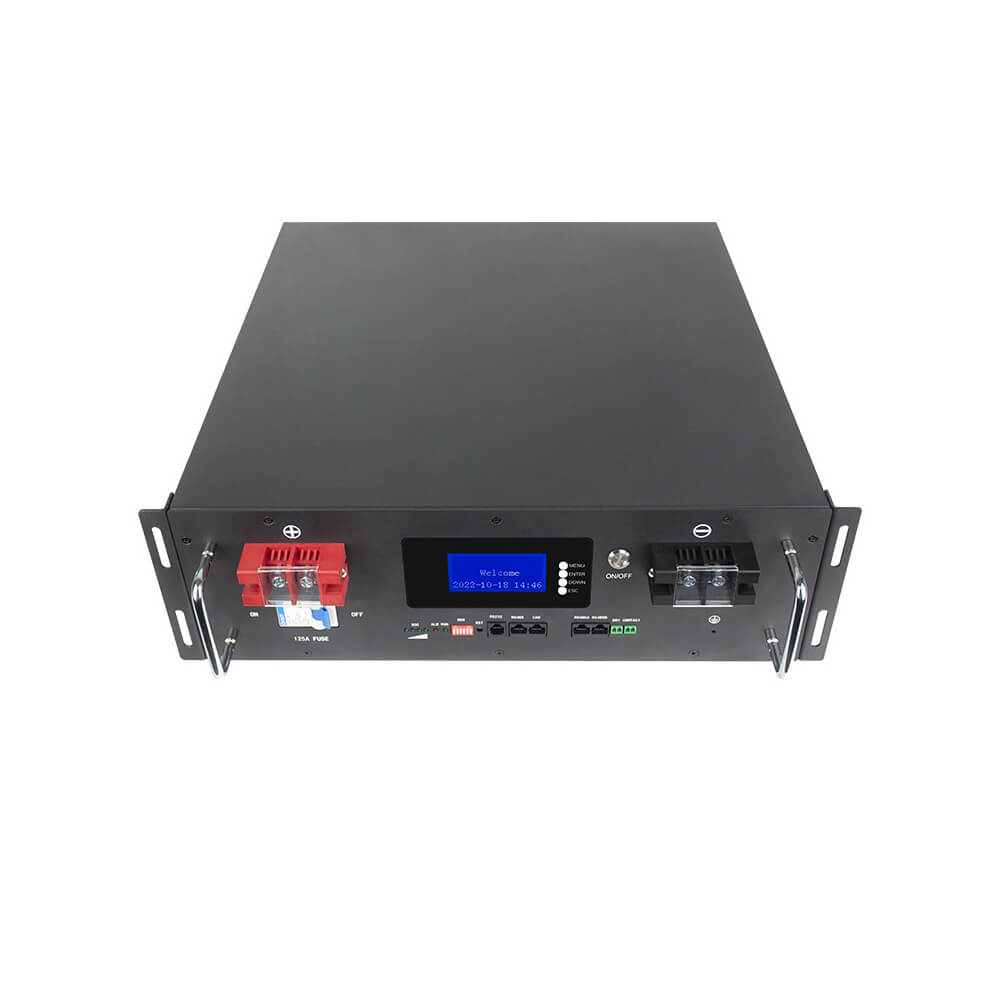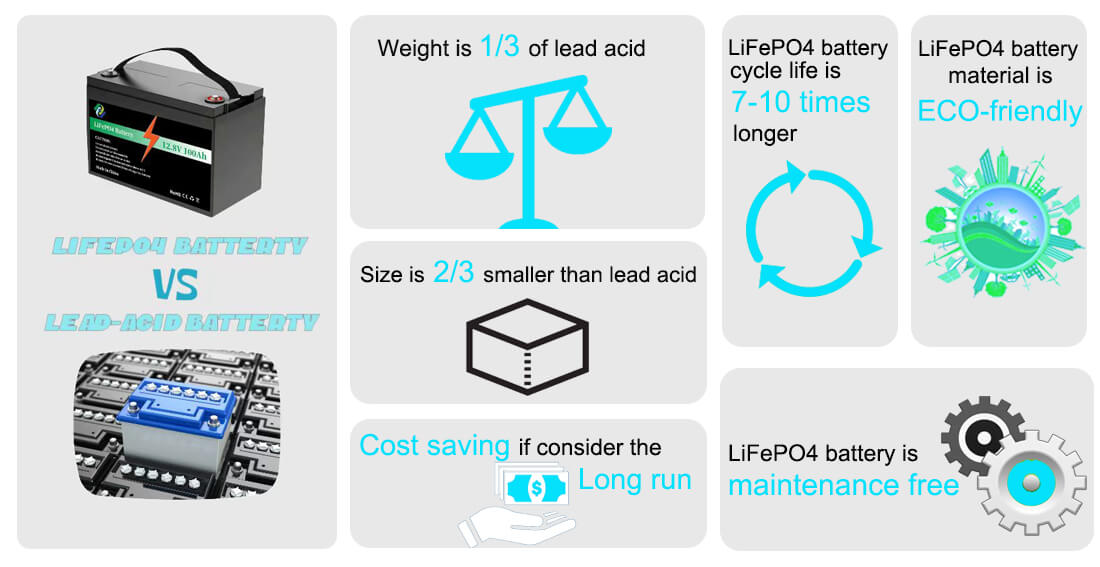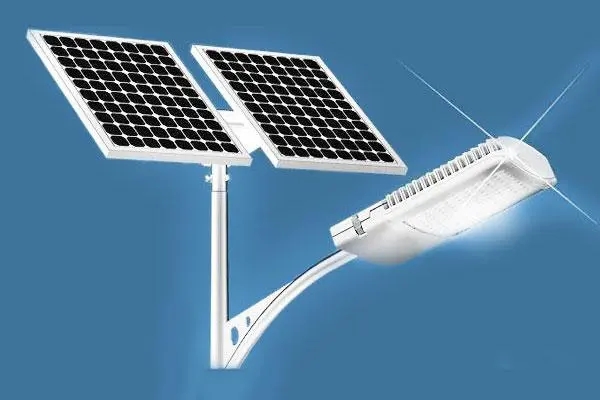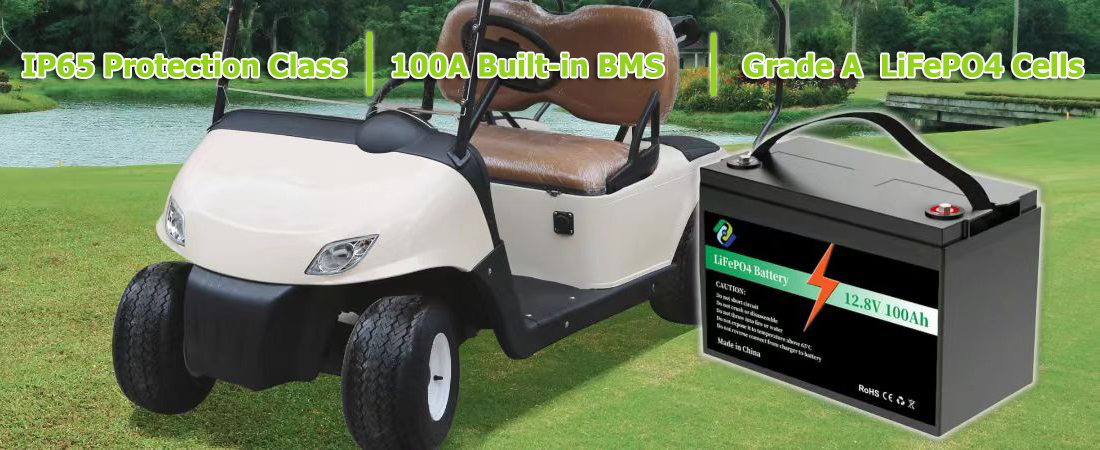International rules for the transportation of lithium battery packs;
with the development of high-power electric equipment,especially the rise of electric vehicles in recent years,lithium-ion battery packs have developed rapidly.As energy density increases,battery transportation safety has attracted much attention.As dangerous goods,clear regulations are given for the international transportation of lithium batteries in the"United Nations Recommendation Model Regulations on the Transport of Dangerous Goods"(hereinafter referred to as the"Model Regulations").Due to their characteristics,large lithium batteries are shipped differently.
From the general rules of lithium batteries.Based on the provisions of the 2016 version of the 18th revised"Model Rules",the author interprets the rules on the characteristics of international transportation of bulk lithium batteries.
1.International transportation of lithium batteries
As dangerous goods,lithium-ion batteries and lithium battery packs are classified as UN numbers 4,UN3090,UN3091,UN3480 and UN3481 respectively in the"Model Regulations",and these batteries are clearly classified as dangerous goods and must be transported in Class II packaging.According to the provisions of Special Provisions 188 and 230,batteries must pass the"Model Regulations"and"Standards Manual"supporting the"United Nations Recommendations on the Transport of Dangerous Goods-Manual of Tests and Criteria"(hereinafter referred to as"Testing")before shipment.The latest version is 5th Edition,Revision 1 and Revision 2)Chapter 38.3(hereinafter referred to as UN38.3)related test requirements.Special Provisions 310376 and 377 in the Model Regulations respectively provide transportation requirements for cell samples,damaged or missing cells or battery packs,and recalled cells or battery packs.
The situation is special and may not be suitable for UN38.3 tests,but the corresponding packaging requirements must meet the requirements of Part 4 of Chapter 4.1"Model Regulations".2.The"Test and Standards Manual"for large batteries and large battery packs defines a single-pack battery as an electrochemical unit(consisting of a positive electrode and a negative electrode),and the external display uses a bipolar potential difference;the battery pack consists of two or more The batteries are connected together and equipped with necessary equipment,such as casings,electrodes,identification and protection devices,etc.The definition of large battery and large battery is a battery pack with a total battery mass greater than 500 grams and a total mass greater than 12 kilograms.
Due to the larger mass and higher cost of large batteries or battery packs,the difference compared with small batteries is mainly reflected in UN38.3.During testing,the required number of samples and test conditions are also different.In terms of sample quantity of lithium-ion battery pack UN38.In 3 tests,the number of large battery packs was half that of small battery packs.
2.For battery components
There is no clear definition in the"Manual of Tests and Standards"for battery packs,but it is described as UN38 3.3:A battery pack is its battery.In actual tests,most of the so-called large batteries(energy ranging from a few kWh to tens of kWh,or even larger),such as electric vehicle power batteries,large energy storage batteries and other energy storage devices,have large energy and require production processes.For safety reasons,it is often not directly composed of single cells,but is first composed of batteries into battery modules,and then connected in series and parallel through battery modules to form the final product.This battery pack composed of battery modules is called a lithium battery pack.Generally speaking,battery packs are usually much larger than large battery packs in terms of energy,volume,and mass.For this function,the Manual of Tests and Standards sets out special testing requirements.
For lithium-ion batteries whose total mass of the lithium metal battery pack on the positive electrode of the battery does not exceed 500 g when fully charged,or whose energy does not exceed 6 200 Wh,the premise of these battery packs is that the battery pack passes the United Nations 38.3 test,only need to conduct T3,T4 and T5 tests on a set of battery components,
Lithium-ion battery packs are also subject to T7 testing.In addition,lithium-ion battery packs need to be pre-conditioned for at least 25 cycles before testing.When this parameter is greater than the limit of the battery pack(500 g,6 200 Wh),as long as the composition of the battery pack passes the UN38.3.test,it has a reliable monitoring system to prevent
Short circuit between battery packs,overcharge of the battery pack,overheating,over-discharge of the battery pack,etc.,so that the battery pack does not need to test UN38.3 inches.
3.Equipment containing lithium-ion battery packs
With the development of related equipment,the capacity of device lithium-ion battery packs continues to increase.In performance tests,device batteries and individual batteries are the same(but with different UN numbers for individual batteries UN3090 and UN3480,and device batteries UN3091 and UN3481),The special provision"Model Regulations"230 stipulates that when testing UN38 3 lithium batteries,it is only applicable to loading batteries or battery packs.
With the emergence of emergency power supply and energy storage needs,various lithium energy storage power sources have appeared,and some companies use them as lithium batteries to operate equipment during testing.Although such devices are not clearly defined in the Type Rules and the Manual of Tests and Standards,in the Manual of Tests and Standards 38.3.2.3,when defining a battery pack,it is marked with"the main function is to provide another A piece of equipment that provides power,often referred to as a"battery","battery module"or"battery pack",is considered a battery pack in the Type Regulations and in this manual.It follows that the energy storage power supply Current status,although it may have auxiliary functions such as lighting and alarms
function,but its main function is still to provide energy and should still be used for related operations as a battery or battery pack,not a device battery.
In addition,packaging requirements for device batteries,such as the use of sturdy outer containers and packaging of appropriate materials,container capacity and intended use,and corresponding design of sufficient strength,and the ability of the device to prevent accidental activation during transportation,do not require the use of Class II Package.When a large device is rugged enough to contain battery cells or battery packs,the device itself can receive the same level of protection as if it were not packaged or shipped on a pallet.
4.Car/electric bicycle lithium-ion battery pack
Lithium-ion battery packs for vehicles are special equipment for lithium batteries,so the"Model Regulations"provide special entries,UN3171 battery-powered vehicles or battery-powered equipment,special provisions of 360 requirements,supporting lithium metal batteries or lithium-ion batteries-—Powered vehicles shall be delivered under UN3171;however,electrical equipment in UN3171 does not contain lithium.
Special Clause 240 states that lithium battery electric equipment should be delivered using UN3091 and UN3481.In order to distinguish between vehicles and equipment,the Model Regulations provide the following definition:refers to a self-propelled vehicle,a vehicle used to carry more than one vehicle,or a vehicle used to carry goods.Examples of such vehicles are electric cars,motorcycles,scooters,three-or four-wheeled vehicles or motorcycles,electric bicycles,wheelchairs,boats and aircraft;examples of equipment are lawn mowers,cleaning machines and model boats.
In addition,for lithium battery hybrid vehicles,Special Regulations 240 stipulates that UN3166 should be transported as fuel cell,flammable gas-powered vehicles(or fuel cell,flammable liquid-powered vehicles).
Since the vehicles here have fully protected the lithium batteries,if the vehicle batteries are not provided,they must be UN38.3.Tested and no special packaging is required.Although the Model Specification does not stipulate the testing of this type of battery,for safety reasons,relevant safety testing is still recommended where possible.

 简体中文
简体中文 Russian
Russian French
French German
German Japanese
Japanese Korean
Korean Arabic
Arabic Spanish
Spanish